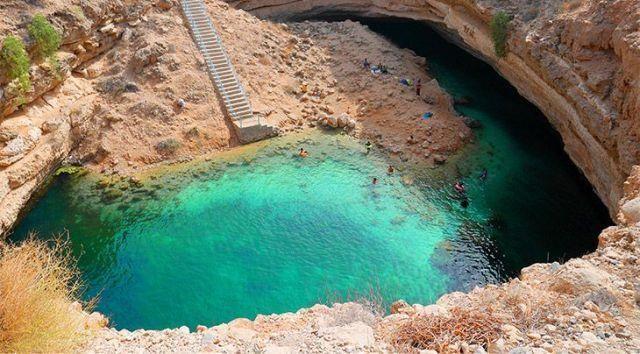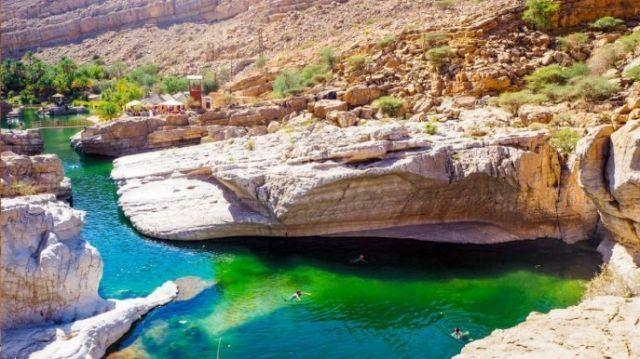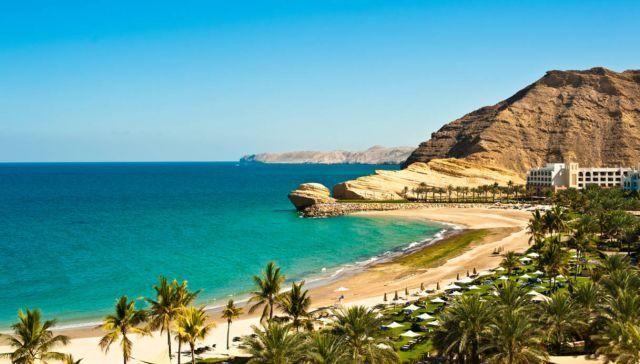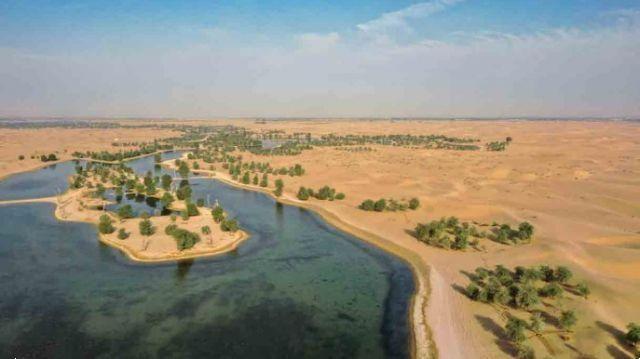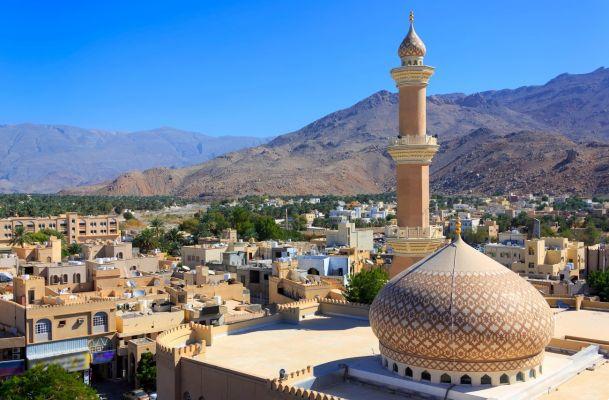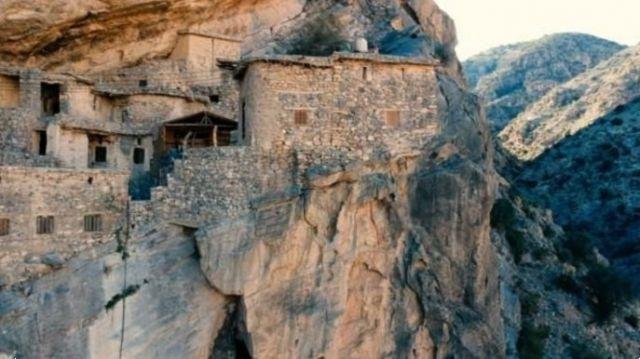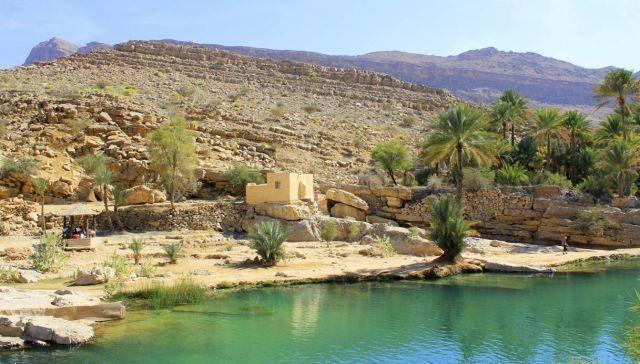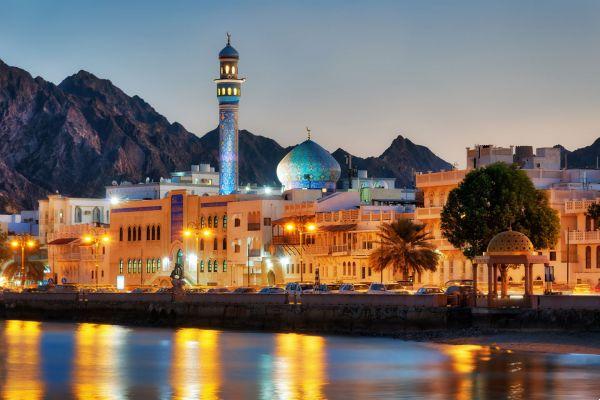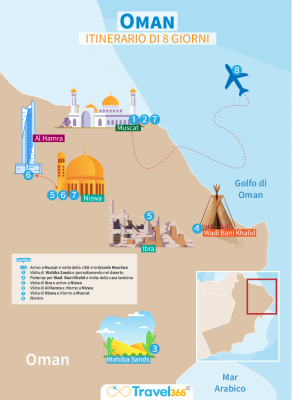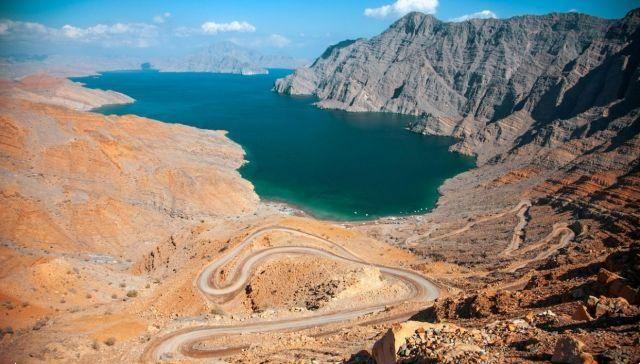 Discovering the spectacular wild fjords of northern Oman and the small, isolated village of Kumzar, where the inhabitants speak a language all their own
Discovering the spectacular wild fjords of northern Oman and the small, isolated village of Kumzar, where the inhabitants speak a language all their own
Hidden among the wild fjords in the north of Oman, in a quiet bay between the mountains and the ocean, lies the little one Kumzar village. A place accessible only by an hour by speedboat or a 2 and a half hour journey on a traditional one dhow sailing da Must, the nearest city, so much so that its glorious isolation led to the birth of a language and culture all its own.
The unique character of Kumzar owes much, in fact, to geography. The village is located in the Musandam Peninsula, and is separated from the rest of the country by 100 km rocky desert of the United Arab Emirates. This fascinating region is known as “the Norway of Arabia” by way of the spectacular fjords which, unlike the Scandinavian ones, whose creation was due to glaciers, were formed here by the continuous movement of tectonic plates which meant that, over the millennia, enormous quantities of rocks emerged from the ocean depths.
Located in the Strait of Hormuz, between Oman and Iran, Kumzar is the northernmost of the inland population centres. For approximately 700 years, its inhabitants have absorbed heterogeneous influences, as the village has long represented a crossroads for foreign trade, culture and geopolitical changes.
This is reflected above all in the lingua kumzari, unlike any other: a combination of ancient Persian and Arabic, and other languages like Akkadian, Assyrian, Turkish, English e hindi. A unique mélange that continues to fascinate linguists.
Even if Kumzar can only be reached by boat, given the historical importance it has had over time it would be a mistake to think that we are faced with an 'isolated' community. The people who live there are very hospitable since ancient times, when they regularly welcomed sailors who had survived shipwrecks in the strait. The village, then, is self-sufficient, with its own school, a hospital and a desalination plant.
Kumzaris still earn their living today by going to fishery for nine months of the year, moving to Khasab to collect dates when the scorching heat of summer arrives. The sea gives life to the Kumzari and it is the sea that shapes their language, so much so that there are at least some 200 names for every type of fish found in these waters, which even goats feed on.
Kumzar's unique geography, sandwiched between sheer mountain walls on three sides and the Indian Ocean on the other, has also influenced the way its people interpret the world around them: rather than using the classic cardinal points (north , south, east and west) are oriented with 'up', indicating the mountains, and 'down', in the direction of the sea.
Of course, folk stories often revolve around the ocean and Kumzar's unique location, and in this “oral library” there is no shortage of stories about the well that made the village a place of great importance for travelers who stopped there and stocked up on drinking water.
The kumzari are also known throughout Arabia for their lively and colorful weddings that last one week, with days and nights of dances, traditional songs and sumptuous feasts where the entire community gathers. A people who say they are ready to face any challenge, even that of modernity, but always proudly defending the culture and language that make them unique in the world.
Source: iStock




